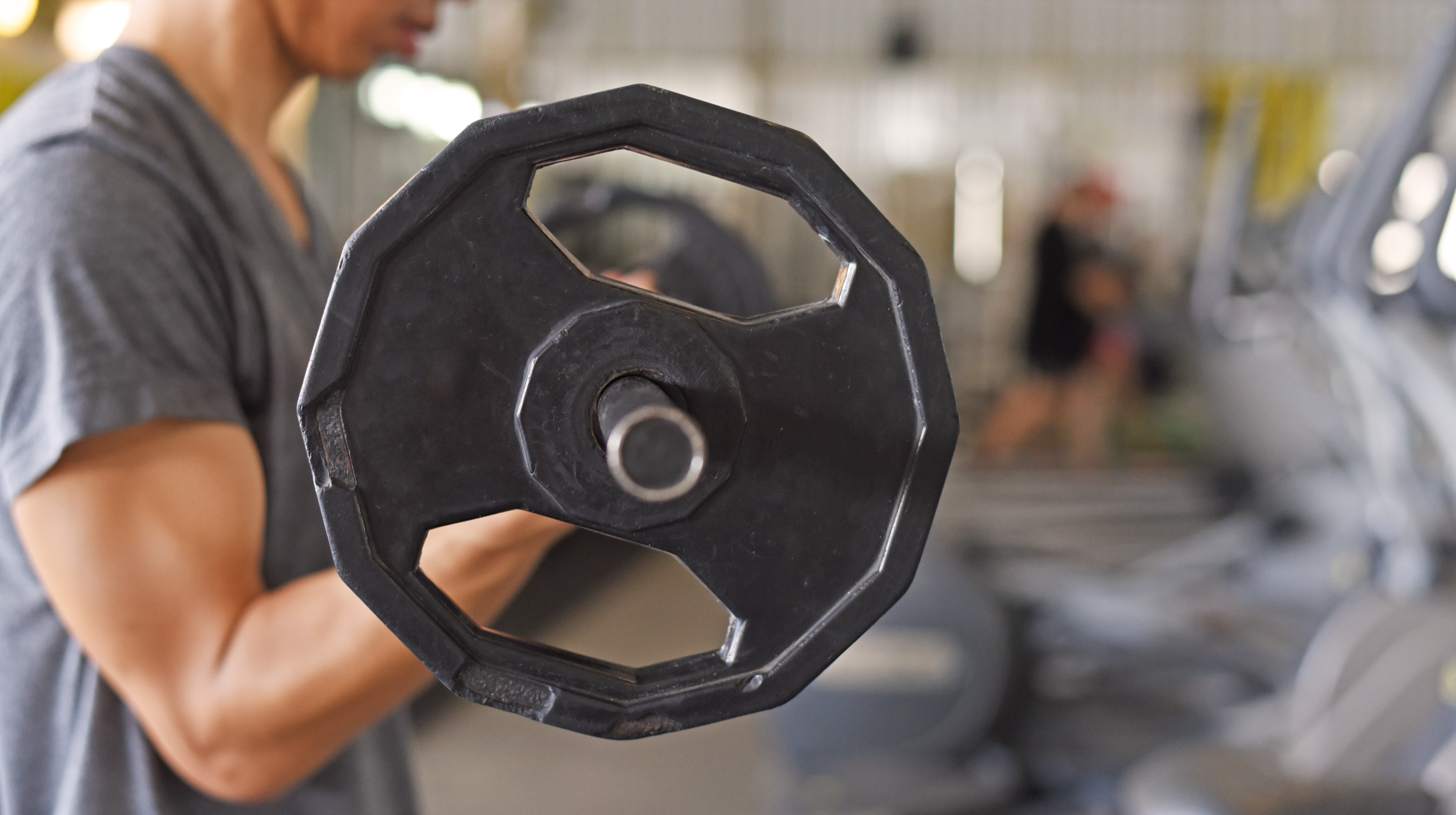How to Grow Big Arms if you are Skinny and Sick of it
Nov 10, 2020 mindpumpEveryone wants jacked arms. It has to be the number one aesthetic both men and women go for. Girls want to look toned and guys want to look like their favorite Marvel superhero. For skinny guys (or better put, hardgainers), this is frustrating. They need a LOT of calories to go, usually on the taller side (which means they need more muscle to get the same thickness a shorter guy gets), and they just feel like progress is so slow. Today, I’ll go over how to get big arms if you are skinny and fed up with it.
The How
Before I even get into the direct arm training, you HAVE to understand and appreciate the fact that first and foremost, you should be focusing on compound lifts. People seem to love to forget that bigger movements like the overhead press, bench press will stimulate the triceps, as well as rows, and pulldown/pull-ups will hit the biceps. These need to be staples. If you are currently complaining of lack of arm growth and aren’t doing big compound movements, then you have no need to add more direct work.
Having said that, once you’ve spent some time getting good pushing big weights with those heavy compounds, only THEN should you be considering adding direct isolated work. Think of isolated work as a way to add extra volume to areas that aren’t growing as fast as you’d like versus something you should just be adding because every bodybuilder does. It’s a tool. Like all tools, you want to be able to have tricks up your sleeve to use down the line, when progress inevitably stalls.
The Exercises
Biceps Exercises: barbell curl, dumbbell curl, preacher curl, concentration curl, cable curl, hammer curl, EZ bar curl, reverse grip curl, etc.
Most people focus only on the Biceps Brachii. That is the main two head’s of the biceps (when you flex and see the big bulge). Don’t forget to include exercises that help grow the Brachialis (helps create that width look to your arm and separates the tricep from the bicep), and Brachoradialis (more on the forearm). Exercises like hammer curls, and reverse curls will hit these areas the best.
Triceps Exercises: Rope pushdown, close grip bench, straight bar pushdown, overhead extension, skullcrushers, dips, kickbacks, etc.
There are three heads of the triceps: The long head (inner part), the lateral head (outside part that you will see give the “3D” look on some lifters), and the medial head. The list above will be good at hitting all three. Overhead stuff tends to hit the long head more, pushdowns and skullcrushers can hit more of the lateral/medial heads.
The Plan
You want to be alternating rep ranges with this isolated work to make sure you are stimulating the muscle in a full range of intensities. Optimal growth occurs on a muscle when it is stimulated with 65-85% of your 1 rep max. This usually means anywhere from a 6-20 rep range. Each intensity (due to the amount of load added) will stimulate growth in slightly different ways so an example of one way to set it up would be as follows:
Weeks 1-4 – 6-8 reps (more of an intensity phase focused on strength)
Note: You can go higher rep for the more isolated movements as they probably don’t need to be in such a low rep range and could cause a bigger injury risk.
Weeks 5-8 – 10-12 reps
Weeks 9-12 – 12-15 reps (more of an accumulative phase focused on volume)
Frequency
For beginners 8-10 weekly sets per muscle, is where you want to be to stimulate optimal growth on a muscle. As you progress to more intermediate you will probably need 12-15 sets as your body adapts to the workload. Remember, the better we get at something, the more that needs to be done for smaller changes.
Because the triceps and biceps are used in bigger compound lifts, you don’t need 8-10 weekly sets of direct work. I would recommend starting with maybe 6-8 sets. While volume helps grow the muscle, you don’t want to add TOO much volume (junk volume), especially in the beginning. It’ll have you too focused on the sake of getting a lot of work done versus progressively adding heavier weight to the exercise.
Progression
Double Progression – Take a set rep range for a given exercise, and each week try and increase the reps until all sets hit the upper limit. Allows for continued progress when you can’t continually up the weight by 5lbs every week of linear method.
Week 1 – Barbell Curl 3×10-12 with 50lbs (let’s say you hit 12,11,10 reps for each set)
Week 2 – Barbell Curl 3×10-12 with 50lbs (12,12,11)
Week 3 – Barbell Curl 3×10-12 with 50lbs (12,12,12)
At this point since you’ve hit all sets for the upper end, you can now up to 140 and repeat the cycle till you hit all sets for 12 reps again.
Arm’s being a smaller muscle group can take a little bit more of a beating. Usually I recommend always staying 2-3 reps shy of technical failure on your exercises, but because the arms recover a lot quicker (less systemic fatigue on the body), you can stay 1-2 reps shy (or a RIR1-2).
Just remember, in order for a muscle to grow, you need to be progressively overloading over time. By using the double progression, using RIR, and choosing exercises that allow you to really FEEL the muscle working, it all serves as proper guides to help nudge you towards heavier and heavier weights for a given rep range. If you stick to these guidelines, I have no doubt that you will grow the arms of your dreams. Just remember, it takes time! Growth doesn’t happen overnight so ultimately you need to be patient.







